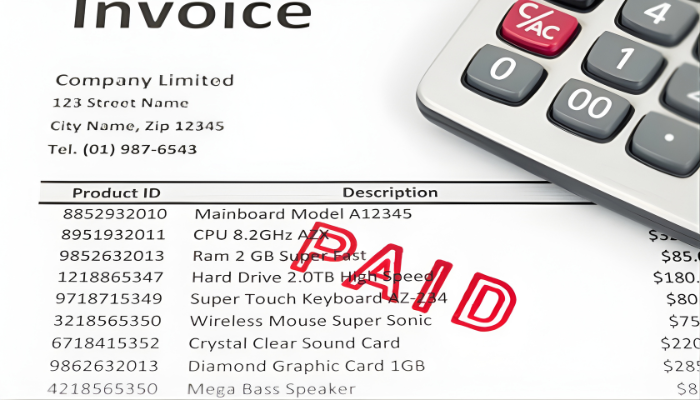
Subcontractors in the construction industry face a frequent problem: being paid 30 to 60 days after buying materials and starting work. This creates a liquid cash flow issue for the subcontractors. They need money on hand to buy materials, pay their workers, and meet other financial obligations—but they haven’t been paid yet.
So, how does a subcontractor receive money when needed? A common way is through invoice factoring (also known as accounts receivable financing).
Understanding the Basics of Invoice Factoring
Invoice factoring works like this: a party offers work to another party, creating an invoice for what the hiring party will pay in some amount of time. The working party then sells that invoice to a factoring company. The factoring company will provide a percentage of the invoice right then and there so that the working party doesn’t have to wait to be paid by the hiring party. When the hiring party pays the invoice, the money goes to the factoring company rather than the working party.
Benefits of Invoice Factoring for Subcontractors
The greatest benefit of invoice factoring for construction subcontractors is the increased liquidity of cash flow. In many cases, a subcontractor can’t wait 30 to 60 days for a general contractor to pay its invoice.
When a subcontractor establishes a working relationship with a factoring company, it can be paid as soon as it acquires an invoice. The subcontractor won’t get the entire amount of pay, but it will have the money when needed most. This allows the subcontractor to buy materials, pay workers, purchase new equipment, and meet other financial obligations.
Having increased cash flow also helps businesses grow. Factoring invoices may help a subcontractor have enough money on hand to expand operations in some expensive way, such as opening a new location or acquiring an expensive asset.
Factoring Challenges for Construction Subcontractors
Although factoring can be useful in several industries and at different levels, there are some additional hurdles faced by construction subcontractors. Subcontractors are hired by general contractors. Depending on the general contractor’s policies and its agreement with the project owner, the general contractor may not be able to allow its subcontractors to factor invoices. Additionally, mechanics lien laws require that subcontractors pay major materials suppliers from their advance or to acquire lien releases before taking their advance from the factoring company.
Doing the Math for Invoice Factoring
Invoice factoring pays money almost immediately to subcontractors, but it does not pay as much as if they waited for the general contractor to pay the invoice. Factoring companies will often buy an invoice from a subcontractor and advance them around 75% of the total value. The factoring company will pay the remaining 25% when the invoice paid, minus applicable fees.
While factoring invoices may seem like a blessing to construction subcontractors, it isn’t always the best choice in every case. General contractors most often hire subcontractors by offering projects and allowing multiple subcontractors to bid on them. If a subcontractor doesn’t account for the cost of invoice factoring when placing a bid, it may find itself in a tight spot. Furthermore, if the subcontractor does not add the cost of the fees into its bid for the project, it may not be able to afford to factor the invoice. The subcontractor also may find itself with no cash on hand to pay for materials, workers, and other costs.
Invoice factoring can and does work well for construction subcontractors. However, this is only true if they complete their due diligence: they must do the math, plan in advance, and know the special stipulations and laws that may apply to them.















